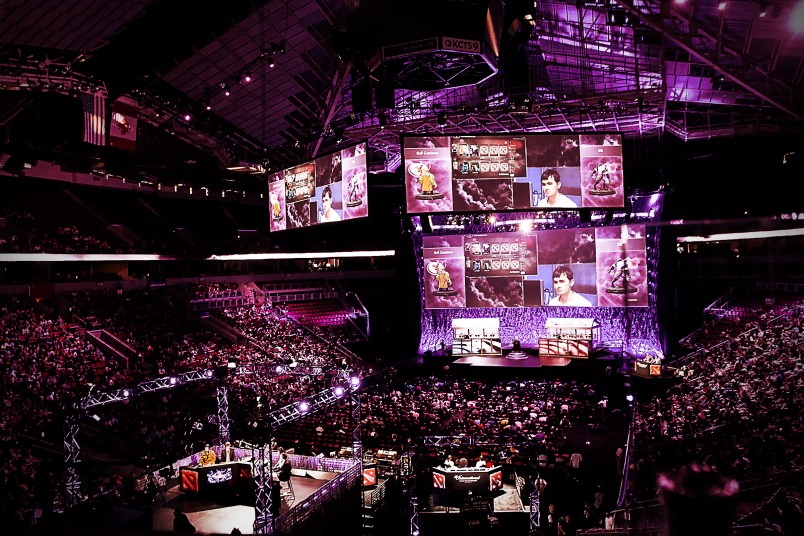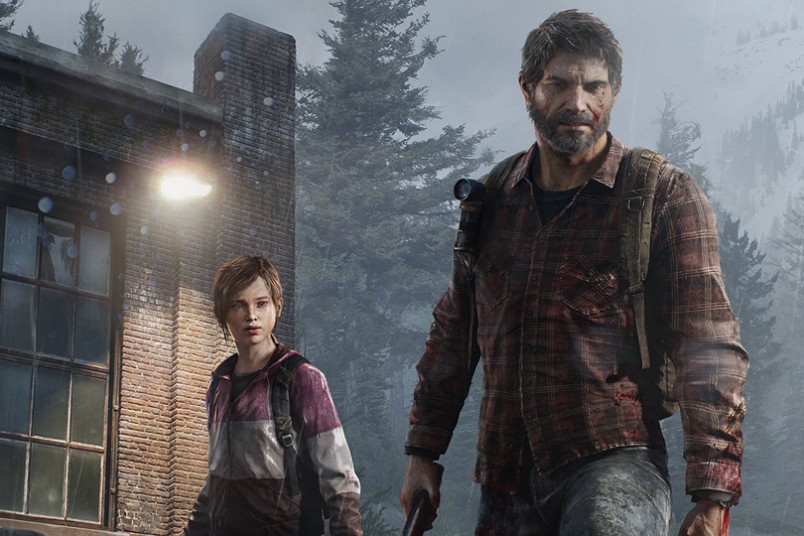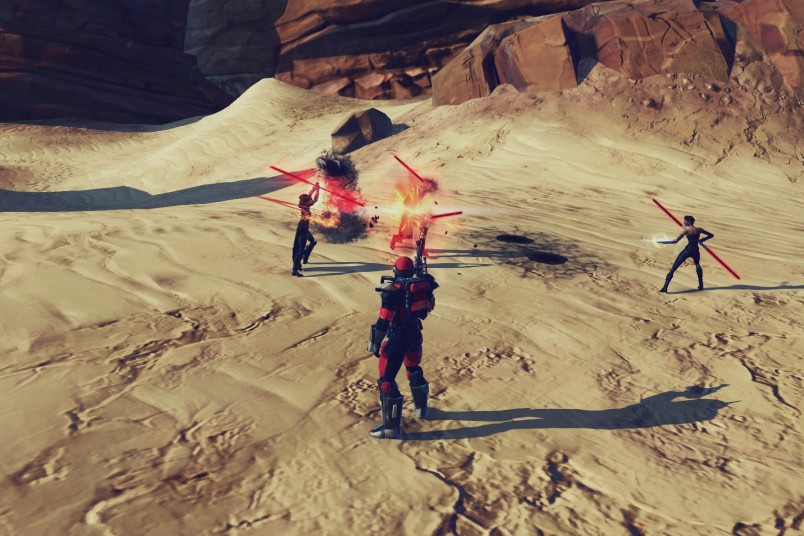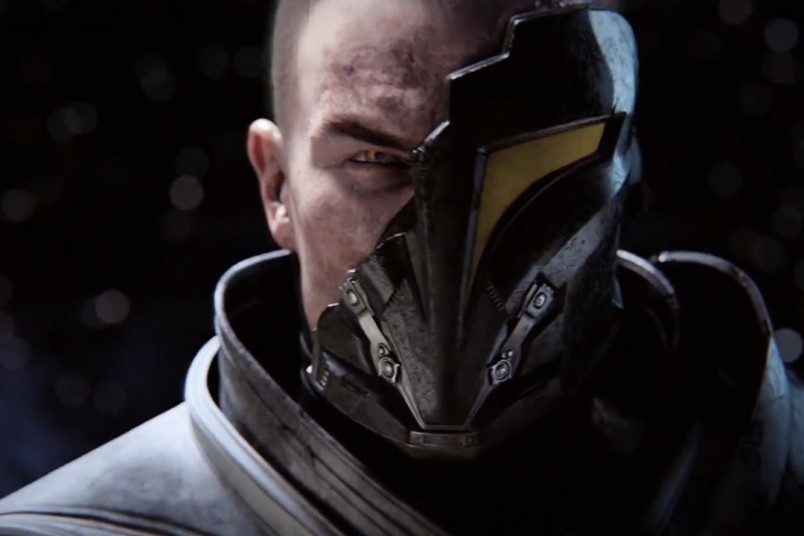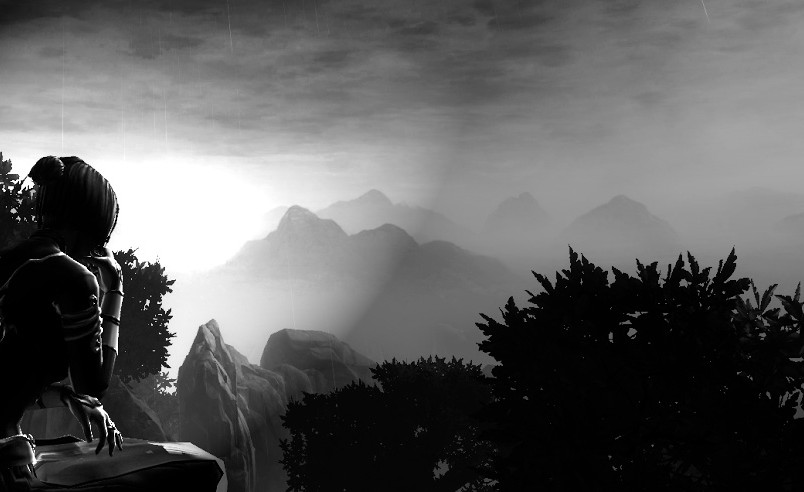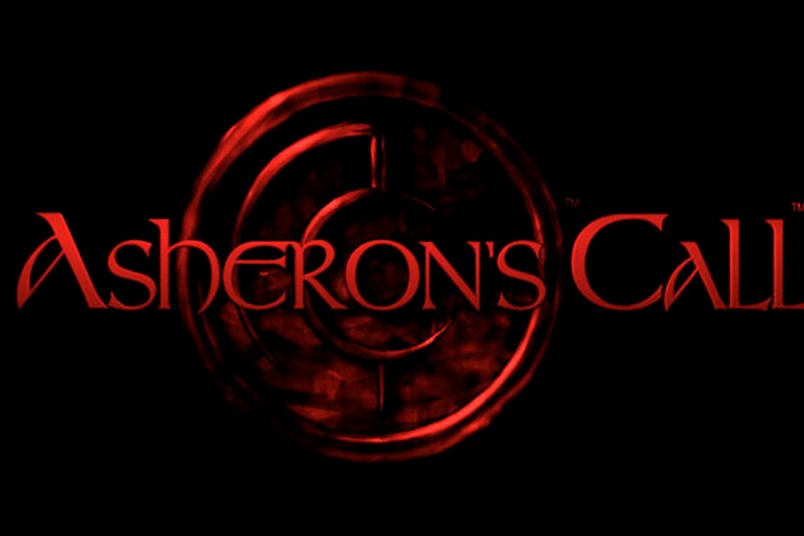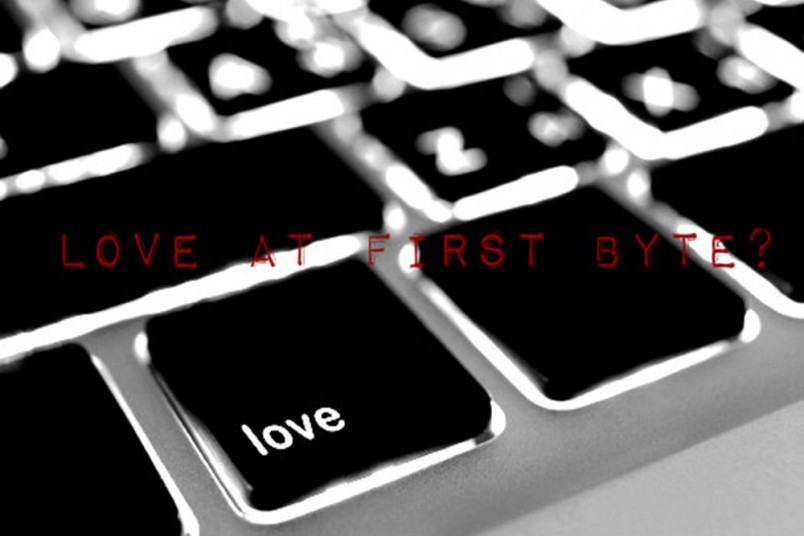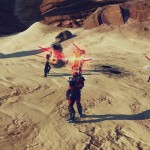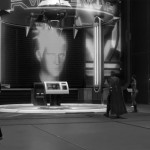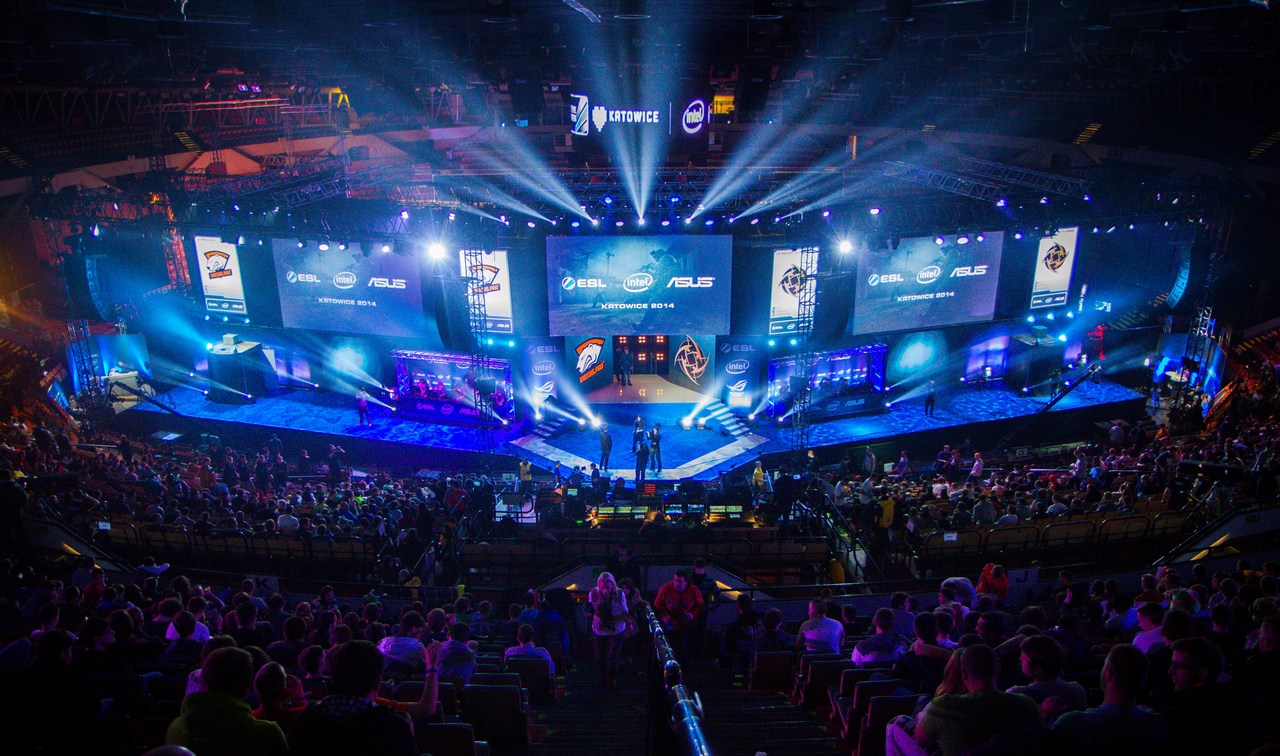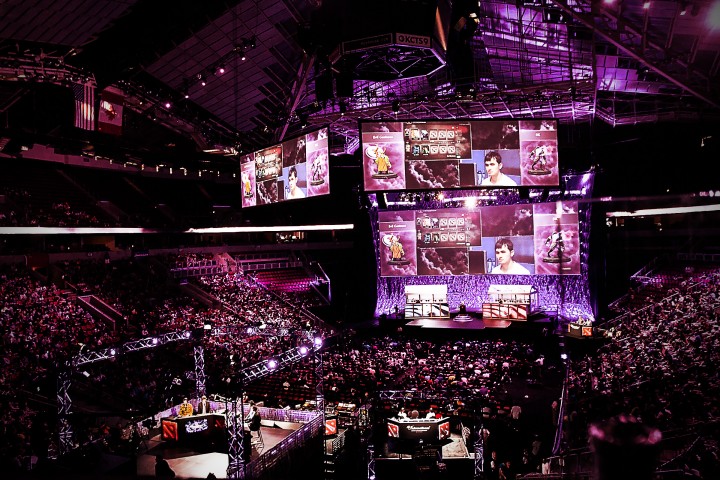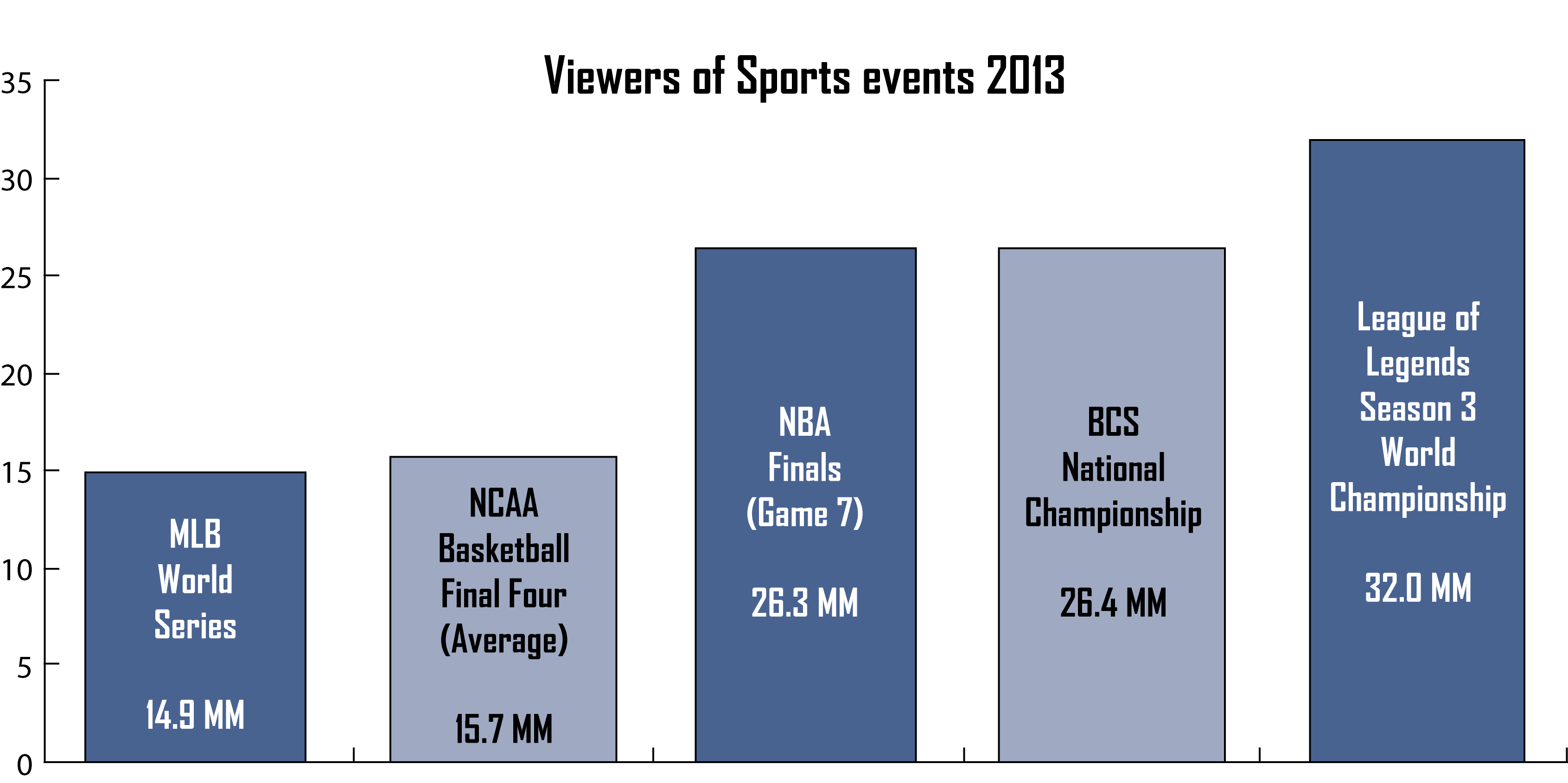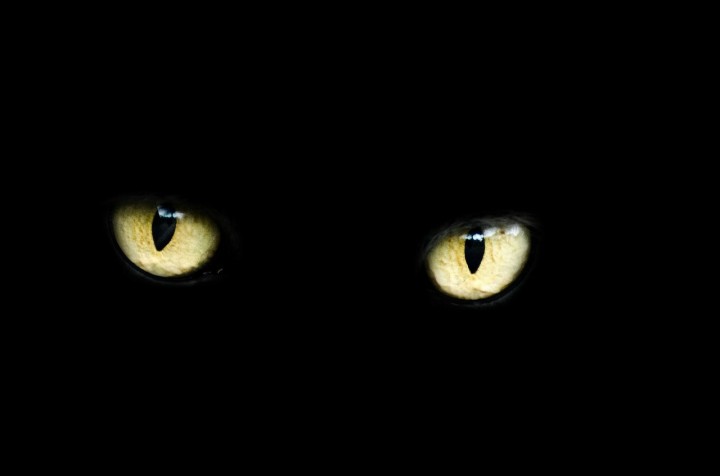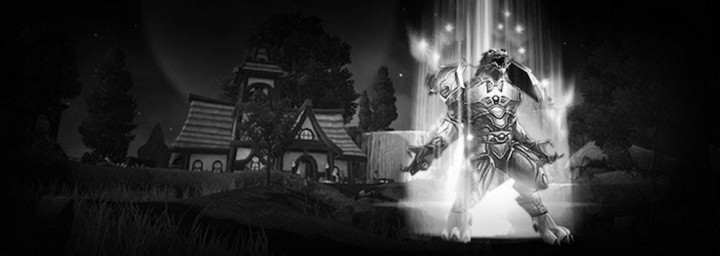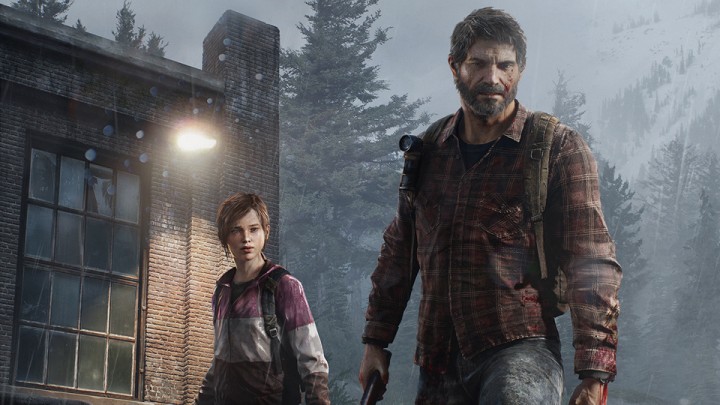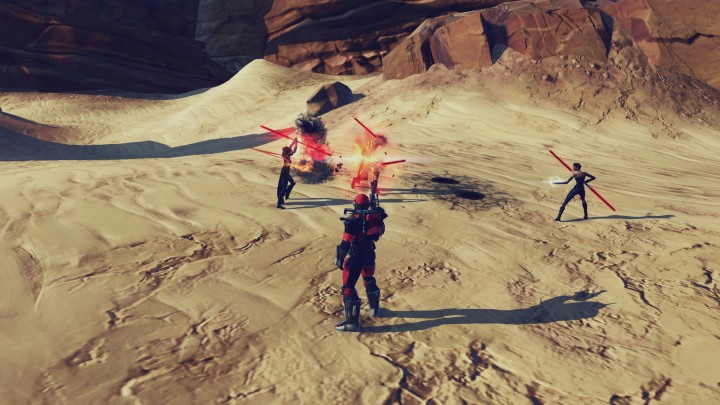Dear e-journal,
Whilst my studies previously had a diminishing effect on my activity on Gamers Decrypted I am now finding that my current uni project has done the opposite. I have encountered a new exciting phase in my education which requires me to conduct my own smaller research project. Of course, given the choice of what to focus my research on, I went straight towards gaming – this to the horror and dismay of my supervisor. Together me and Ludvig (my studymate and partner in crime – for the next few weeks at least) will have a closer look at the communication channel Twitch and how it can be used by professional gamers to build and maintain relationships with their fans. Therefore I’ve been spending some time looking over the latest lolesports.com figures and the PVC e-sports consumer market report.
As you might remember from my article “Your typical e-sports fan”, 36 million people watched the League of Legends World Championship finals last year. This was already a larger number than that of the people who watched the World Series or the NBA finals. This year the League of Legends World Championship finals was seen by 43 million people. According to the PVC report, the audience watching electronical sports has now grown to contain 70 million people. That’s 10 million more than the population of the UK! This is a fascinating growth for anyone interested in the e-sports industry or marketing. Since the attention of people truly is the most expensive currency in the world today, this is huge. There was no doubt in my mind that I wanted to focus my research around this flourishing but relatively unexplored industry. I eventually found someone crazy enough to agree to conduct the research and write the paper with me.
The first step for us was to pitch our research project to two professors. The goal here was to convince them that our chosen field of study was relevant for the academic field of media and communication science. Our pitch resulted in one of our professors looking confused and the other raving on about the wonders of future marketing methods connected to the research we would be conducting.

